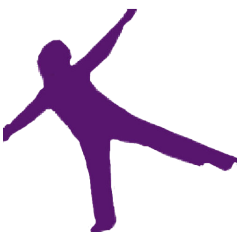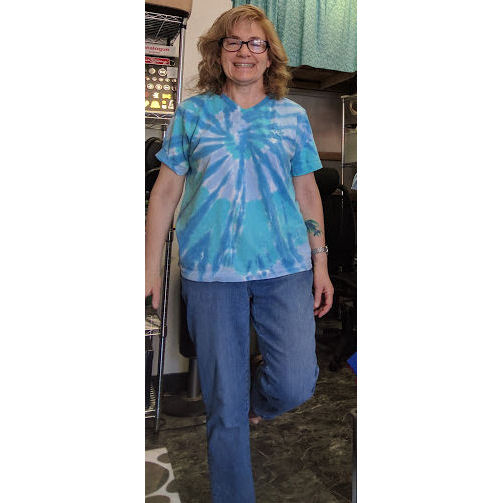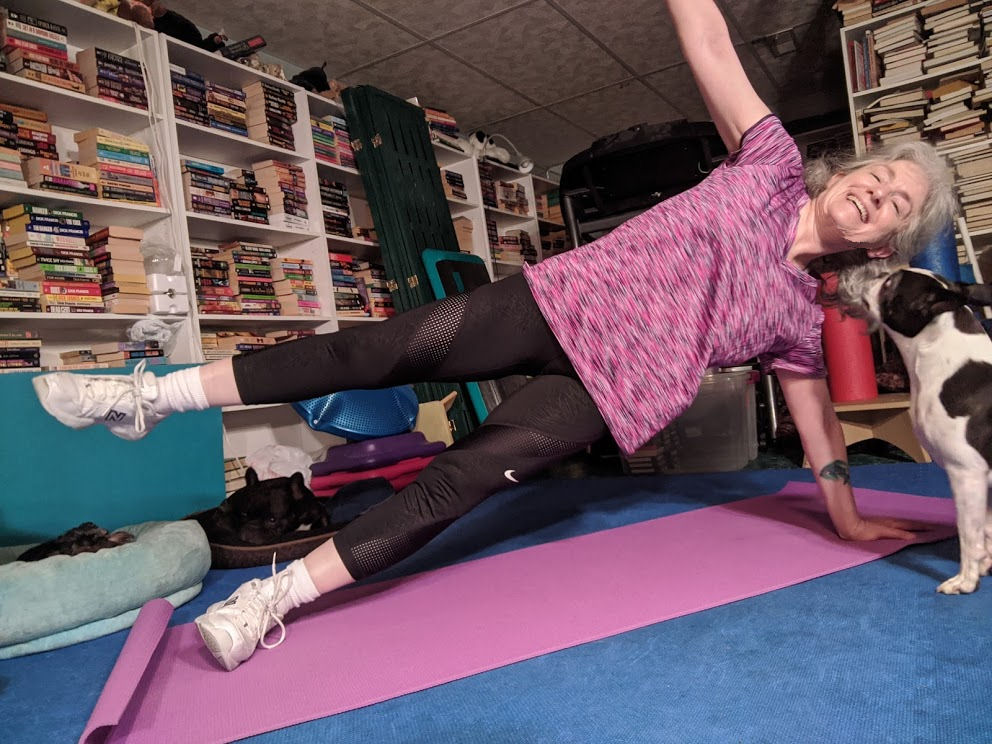What would you say if someone told you that you could live longer by doing something simple for two minutes a day? There’s a new study by the British Journal of Sports Medicine that indicates that we can live longer if we can balance on one foot for at least 10 seconds. Live longer with balance. Seems like a no-brainer.
Years balancing
I’ve written for years about balance. My interview with Kathleen Cameron, Senior Director of the Center for Healthy Aging, part of the National Council on Aging (ncoa.org), about balance, falls, and health as we age was back in 2017. I learned about the importance of balance after a fall which injured my knees and triggered hip bursitis a few years ago. Balance in everyone deteriorates after 50, but as I’ve discovered, we can actually improve our balance. Most people don’t know that their balance gets worse over time until it’s too late, and they suffer a fall.
Longevity correlates to fitness level
According to the study, “the inability to balance on one foot is associated with an 84 percent higher risk of death over the next seven years.” The study indicates that those able to balance had less history of heart disease, high blood pressure, diabetes, high cholesterol and obesity. The study also contends that people who are able to balance on one foot for 10 seconds are stronger and more fit. Also, people who can balance might be more agile and move more than people who can’t balance.
Dr. Lakshpaul Chauhan, geriatric medicine physician at Aurora Sinai Medical Center, says that lack of physical activity can be linked to weakness and frailty. Dr Chauhan encourages seniors to take action now.
Healthy aging upward spiral
Instead of a downward spiral, the ability to balance may lead to an upward spiral: you can balance on one foot, so you want to test yourself and balance more.
This leads to wanting to go for walks with the dog or a partner. You can balance longer, so what else can you do?
Those walks may inspire you to do more for your fitness like learning to dance.
You’re feeling stronger so you pick up that set of weights that you saw on sale.
You have more energy from all that exercise so you get the ingredients to cook that meal that looked so good in the magazine you looked at.
And before you know it, you may have lost a couple of pounds, you’re sleeping better and are feeling great.
All of which leads to a longer, healthier life. Healthy aging knows no bounds.




